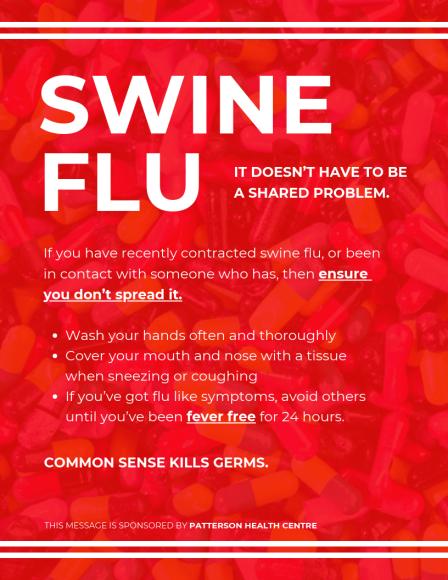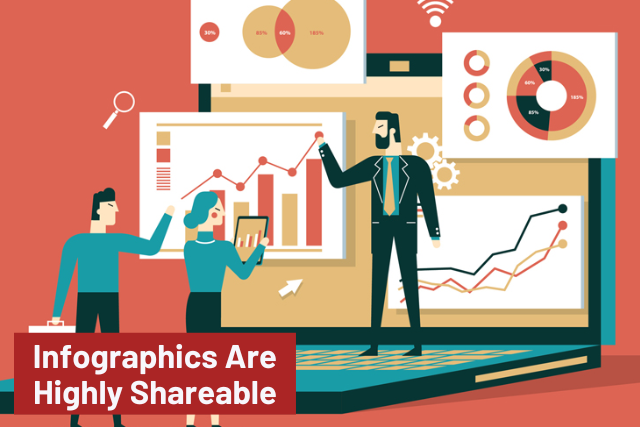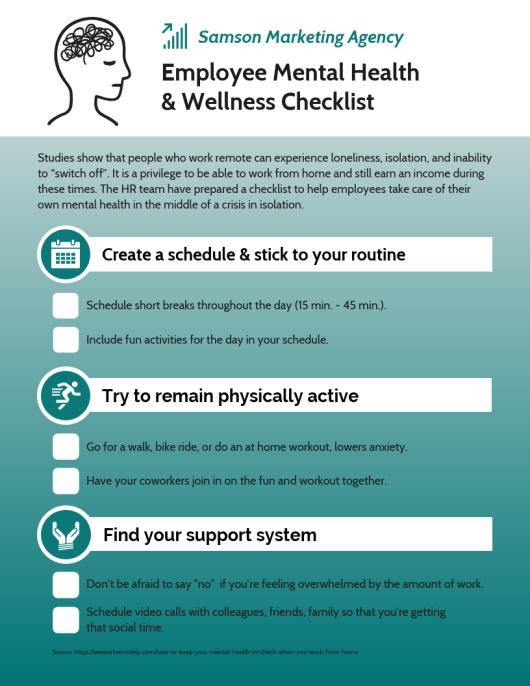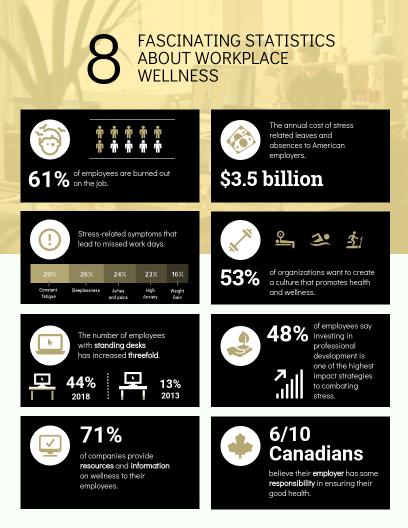What Is Purpose and Role of Infographics? Experts are finding infographics quite valuable for informing patients about procedures and diseases in the healthcare sector.
It’s probably because these visuals break down complex information into something less confusing and easier to understand. Honestly, though, that’s not all infographics can do in the healthcare sector.
What Are The Benefits Of Using the Role Of Infographics?
To better understand how to make infographics and why this visual representation of information and data is much needed in the industry, check out the list below.
Infographics Raise Awareness And Educate The Public

Patients often do not entirely understand what’s going on with their bodies. With infographics, doctors and other health care professionals may find it easier to explain to the patient about their condition. With visuals, the patient will also have better retention of the information.
Infographics Are Highly Shareable

These days, the majority of nursing homes, hospitals, and intensive care institutes have social media channels. Therefore, if they create infographics and share these through their social media channels, they could easily enhance their online presence.
An excellent infographic could have a wider reach and could even go viral in just a few hours.
Now, what makes a good copy? Anything that adds value for both patients and the health care providers would be considered a good copy.
It would be a good idea to create one that patients will find helpful. For example, it can be about the latest technological breakthrough or first aid advice. You can also create infographics to inform the public about the latest research, statistics, health care reform, or diseases.
Infographics can also be used to improve brand awareness and promote a clinic or hospital.
When people find your infographic valuable, they won’t need to be prodded to share it. Additionally, you won’t need to come up with a role of infographic marketing strategy to make it go viral. Instead, the public will do it for you.
Infographics Templates Are Customizable

The best thing about this is that hundreds of infographic examples are available online. The templates are customizable, too.
You can edit the fonts, introduce a new color scheme, and replace the text with your own valuable information and insights. This way, patients will see you as an excellent source of health care information.
You can also include all the details about your business and website to increase brand recognition.
If you have no experience in designing health-related infographics, you have the option to outsource the job. However, if the budget is tight, you can always use an infographic maker like Venngage.
Its infographic templates are user-friendly. You can just pick what you think would be best for you and customize it based on your business and patients’ needs. Venngage will also tell you how to make infographics.
Infographics Serve As A Visual Guide

Reading huge chunks of text related to the medical sector can be challenging. The readers might even end up misunderstanding the information.
Infographics make it easy to understand complicated steps and a series of instructions. In addition, they can serve as a visual guide so that patients won’t get confused.
Take insulin injection as an example. Presenting a detailed guide on administering insulin sounds like a good idea. However, if the instructions are purely text-based, some patients could end up getting confused.
Offering an infographic with images showing where to inject insulin would be better. Plus, this would help the patients easily remember the steps.
Infographics Are Visually Stimulating
The best infographics can easily capture people’s attention with the right color and design. Because of that, they’re highly effective as advertisements.
For example, if your institution has acquired the latest intensive care equipment, you can tell people about it through infographics. Using vibrant colors and attractive typography can make it easy for people to spot your copy.
An Infographic shows the Bigger Picture
Those without a medical background typically find it hard to visualize the body’s different systems. Understanding their functions is even more challenging.
Through an infographic, people with no medical background can take a shot at learning about how the respiratory system works and even get to recognize the symptoms of asthma and other respiratory diseases.
Because infographics are visually appealing, patients will be able to focus without feeling fearful. Plus, they won’t get bored while trying to interpret the information and data.
What Makes An Effective Health Care Infographic?

When designing an infographic about the healthcare sector, you need to ensure that your data and information are accurate. You wouldn’t want to spread the wrong information to the public, mainly if it’s about the contagious disease.
You also need to make your design visually appealing. That way, you can quickly draw people’s attention, and chances are they won’t get bored while going through your material.
A compelling infographic is also concise. You need to go directly to the point when making your copy. Don’t add too much information that’s not related to your main topic. It’ll just confuse your audience.
